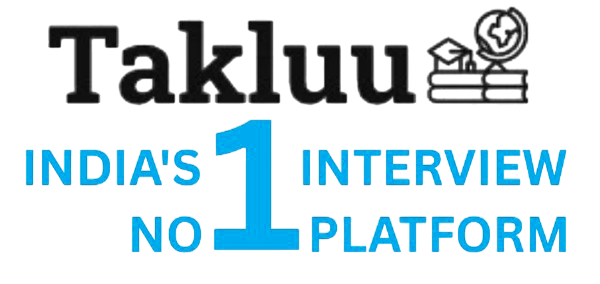Ques:- What is the role of a Scrum Master, and how do you facilitate a Scrum team
Asked In :-
Vinove Software & Services Pvt Ltd, DREAMORBIT SOFTECH PVT, Define Labs, Oodles Technologies, Sun Dew Solutions, TRICON INFOTECH PVT, Recodem, Energytech Global, SmartData Enterprises, Appiness Interactive,
Right Answer:
The Scrum Master is a servant-leader who helps the Scrum Team follow the Scrum framework. They facilitate Scrum events (Sprint Planning, Daily Scrum, Sprint Review, Sprint Retrospective), remove impediments, protect the team from distractions, and coach the team on Agile principles and practices.
The Scrum Master is a servant-leader who helps the Scrum Team follow the Scrum framework. They facilitate Scrum events (Sprint Planning, Daily Scrum, Sprint Review, Sprint Retrospective), remove impediments, protect the team from distractions, and coach the team on Agile principles and practices.

